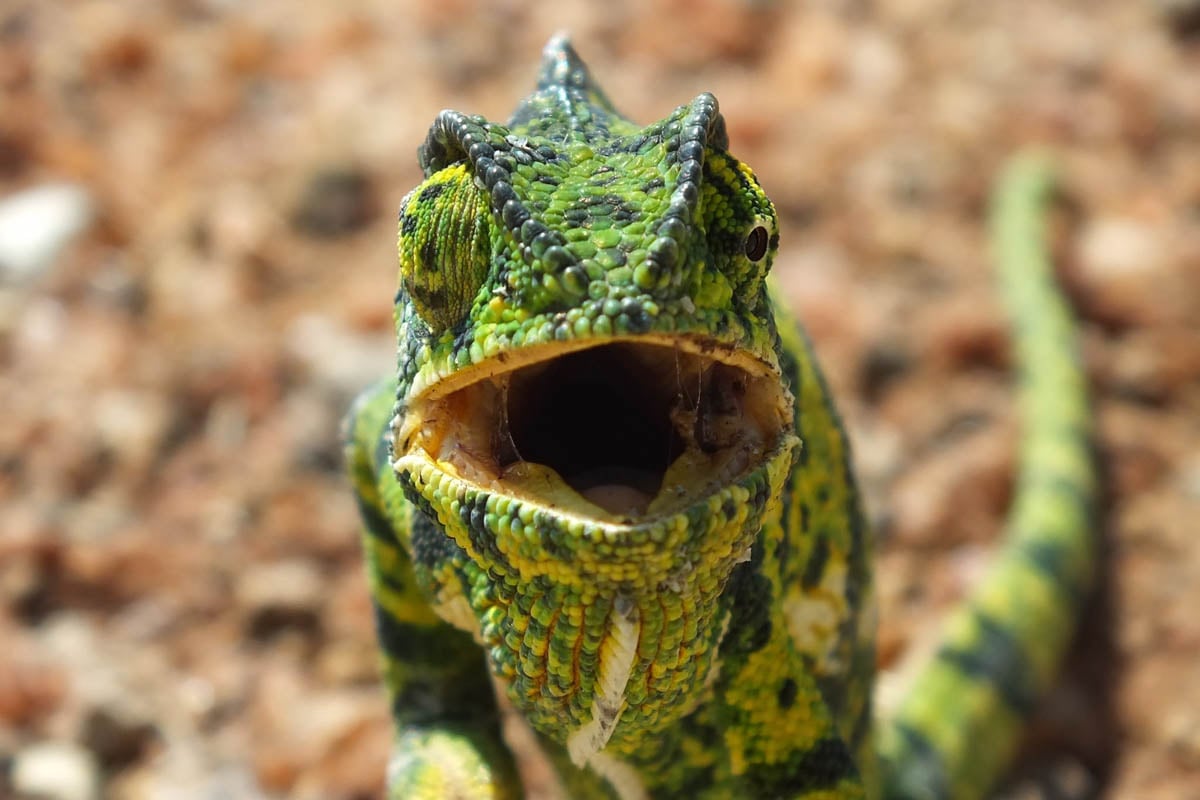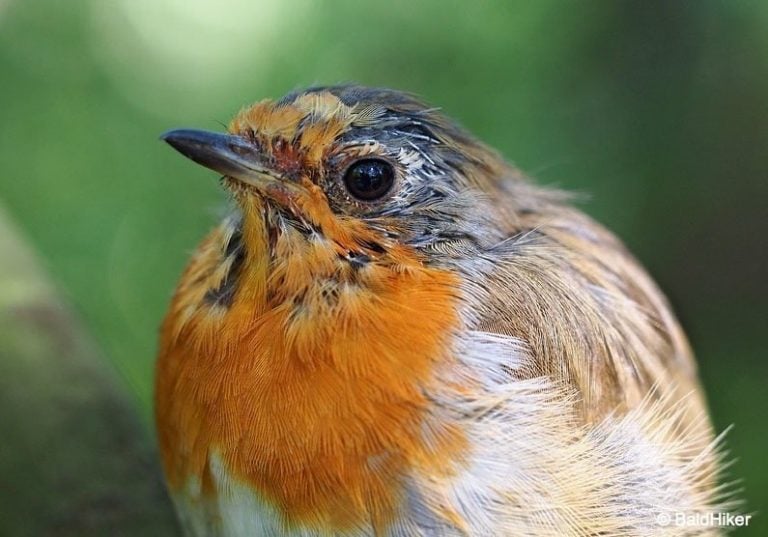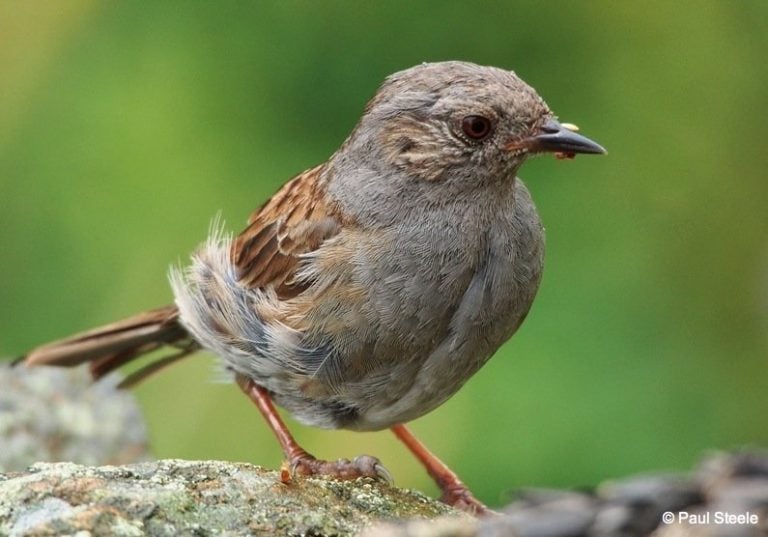The colour-changing ability of chameleons has always intrigued me – how cool would life be if I could blend into my surroundings, camouflage myself just like a chameleon can.
It would certainly help to escape from awkward situations or boring (read *meetings*) more easily!
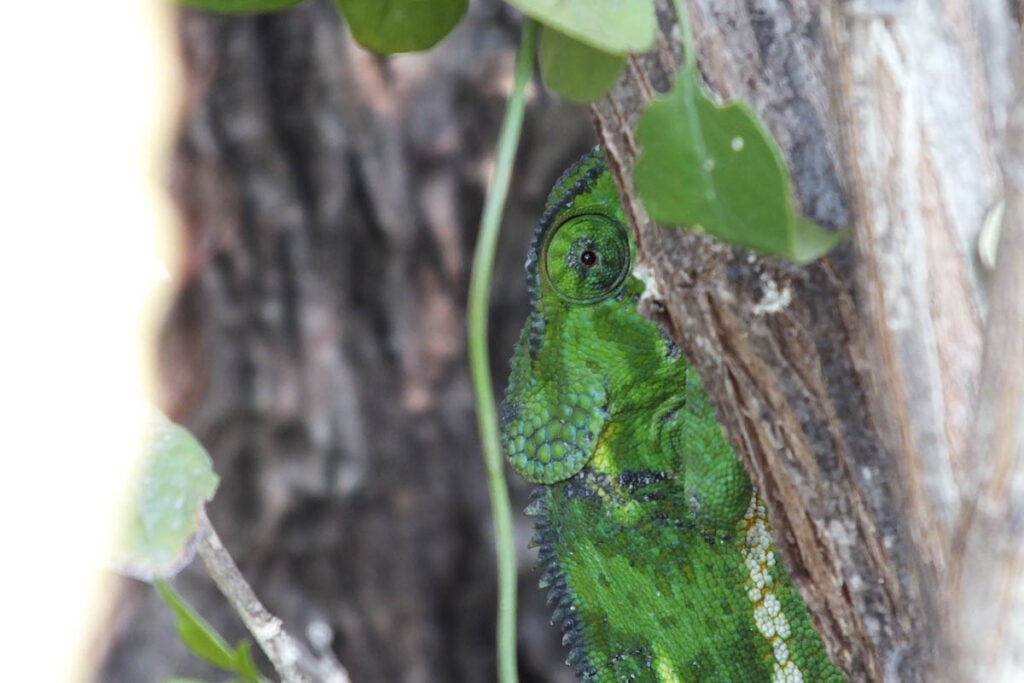
Contrary to popular belief, chameleons cannot transform the colour of their skin to match any background. Most have skin that already resembles their environment, and they can adjust the brightness of the hue in various ways.
A chameleon changing colour does it primarily to show mood and intention, not to blend into its environment.
Just how we flush red when we are angry or pale white when nervous or scared, a flap-necked chameleon uses colours to show when it is angry (dark or black), relaxed or sleeping (pale green/whitish), and when courting a female the skin on the neck becomes grey.
On top of this chameleons are cold-blooded reptiles in which the ability to change colour helps in regulation of temperature; turning darker or lighter to either absorb or reflect heat respectively.
Their use of colour is impressive!
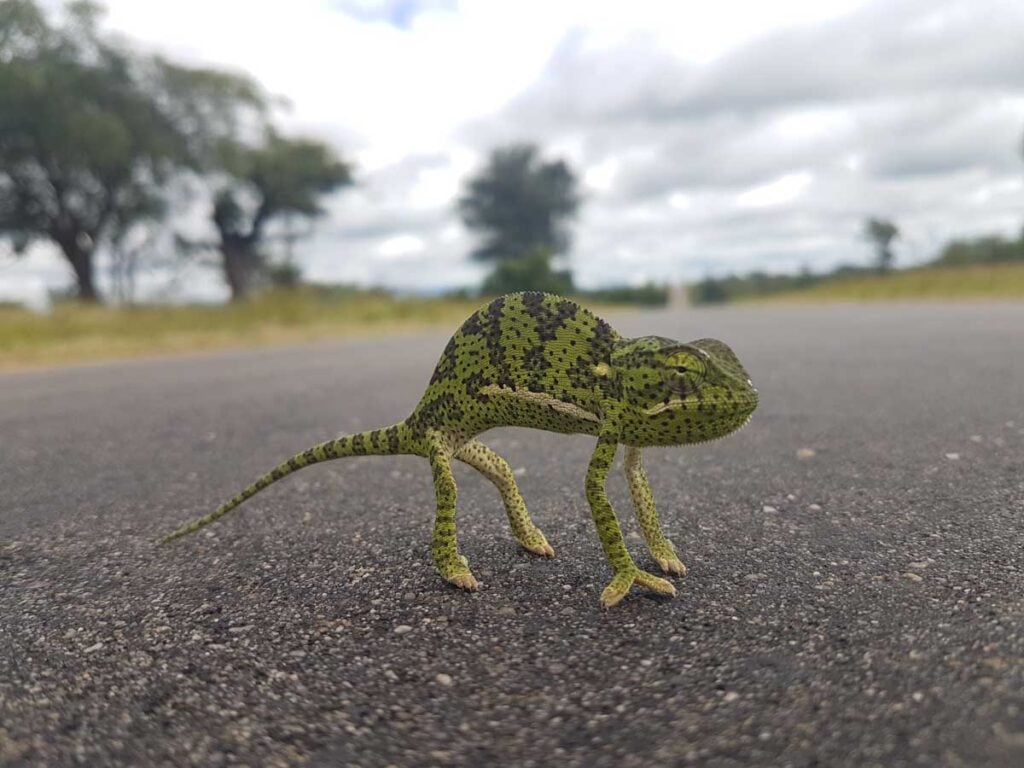
Chameleons are often nearly impossible to see – I am always looking for them and even get my teams to call me if they spot them. There is a good reason though for them being difficult to see – they are utterly defenceless.
They don’t have a dangerous bite, no poisonous skin, and they cannot move quickly. Staying hidden is pretty much their only tactic to evade predators.
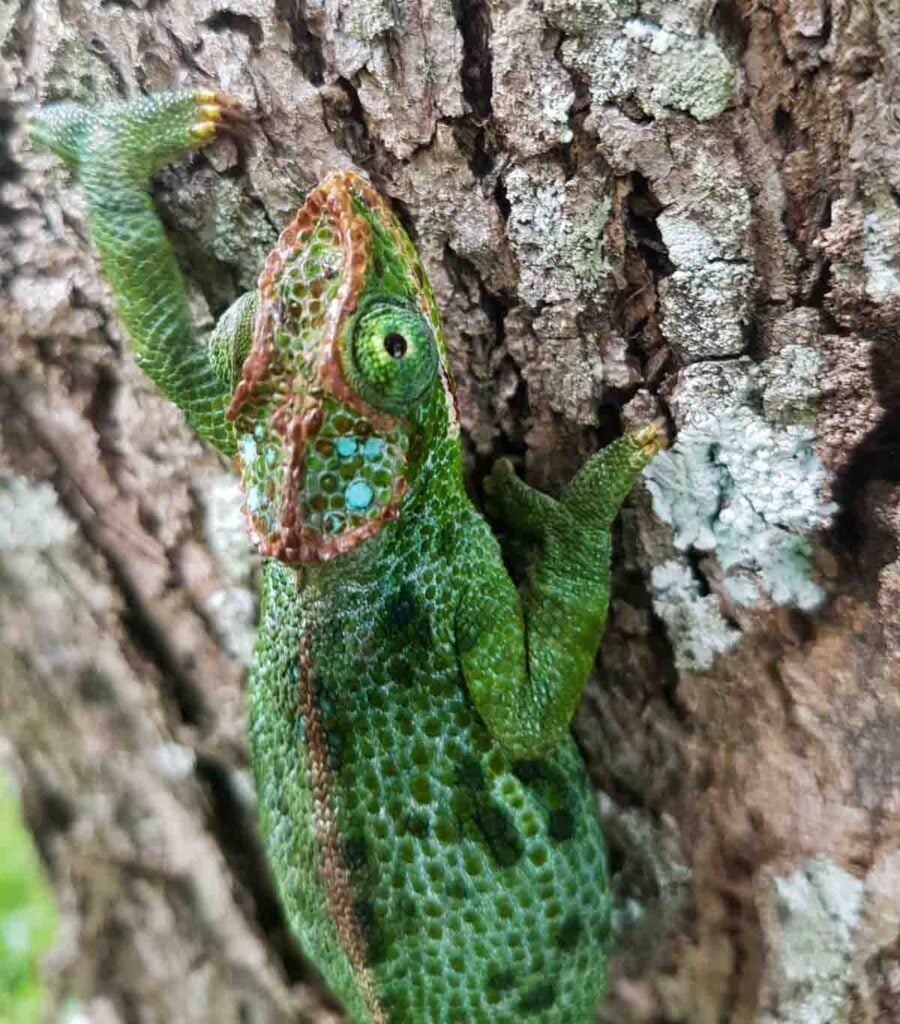
Much of the “blending in” of chameleons doesn’t require colour change at all. In their natural state, they already look a lot like leaves or branches, much like stick insects look like, well… sticks.
But they do have the ability to adjust how bright their skin appears
When there’s less light, such as on a tree deep inside a forest, brown to black pigment cells called melanin flood to the skin’s surface and cause the chameleon to appear darker—and thus more camouflaged.
In other words, chameleons can, in fact, change the colour of their skin to match the environment, but within a narrow sliver on the colour wheel.

The more elaborate displays, such as when multiple, bright colours appear at once, are saved for another purpose entirely
Chameleons’ reserve their most impressive colour-changes for mating and competition.
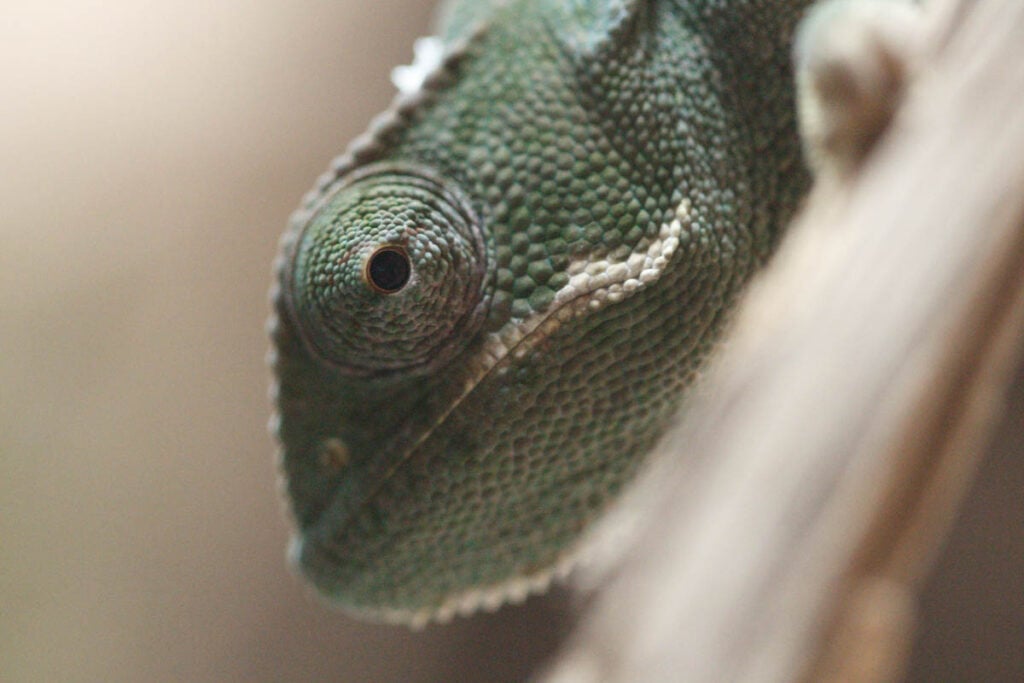
Chameleons have two opposing states. They either try to be invisible, which subtle colour shifts help them achieve, or try to be seen, again, by changing their colour, but this time much more explosively.
No display stands out against the green forest backdrop like that of male dominance. Chameleons are highly territorial: When two males encounter each other, there’s a fierce show-off – in this case, of colour.
They’ll become yellow, red, white—something visible in the tree. The weaker male, who’s often smaller and more dimly colored, will concede defeat by turning off his display first, which indicates that he doesn’t want to fight.
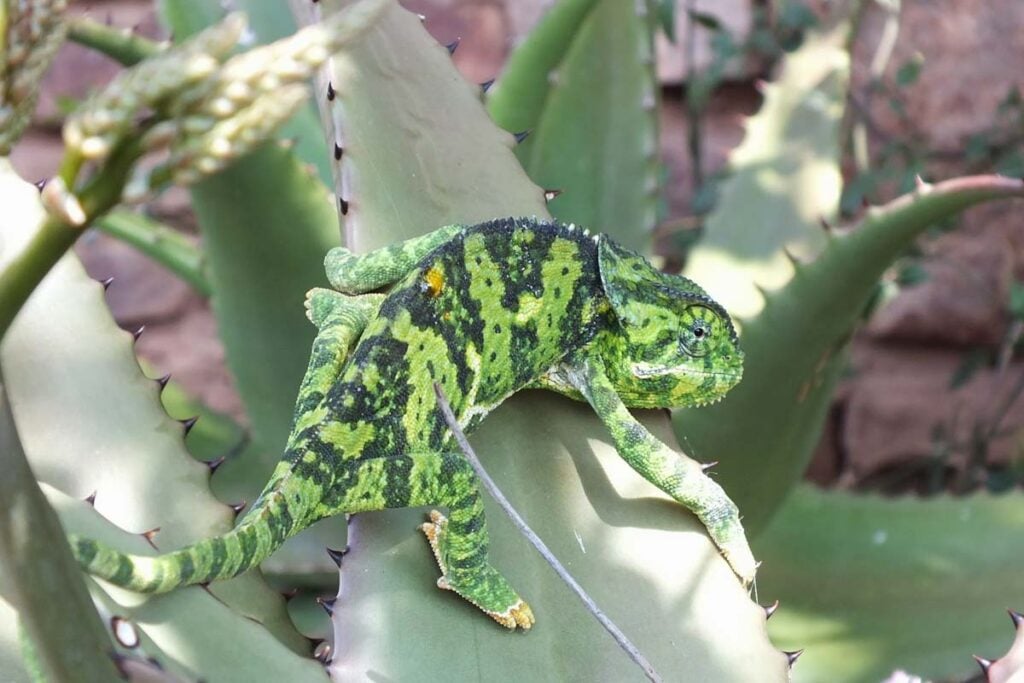
Perhaps he’ll try another tactic instead – some male chameleons will use colour to impersonate females, which allows them to sneak by other males without the threat of competition
Chameleons will also use their displays to dazzle females during courtship. But no matter how brilliant the display, some female lizards won’t be interested – and they’ll use colour to let the men know.
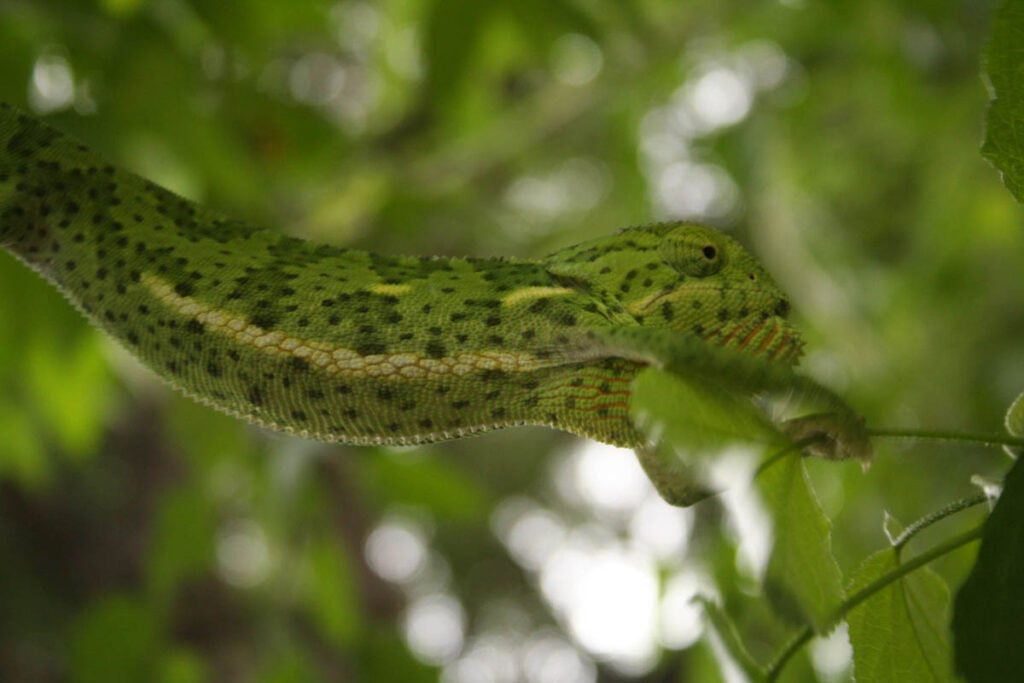
The changing colours may serve yet another, albeit poorly-researched, function: Helping chameleons regulate their body temperature. This trait is widespread among lizards – and so it’s unlikely that chameleons wouldn’t also have this ability.
Chameleons are ectotherms, and so they can’t retain heat generated from their metabolism. Instead, they have to warm up using the sun. (That’s why you see lizards basking on rocks in the early morning when it’s cold).
Darker colours absorb more light, and chameleons have likely evolved to capitalise on this principle. When it’s cold and the sun is up, they wash themselves with melanin to darken and thus accelerate warming…unless the colour makes them stand out, that is.
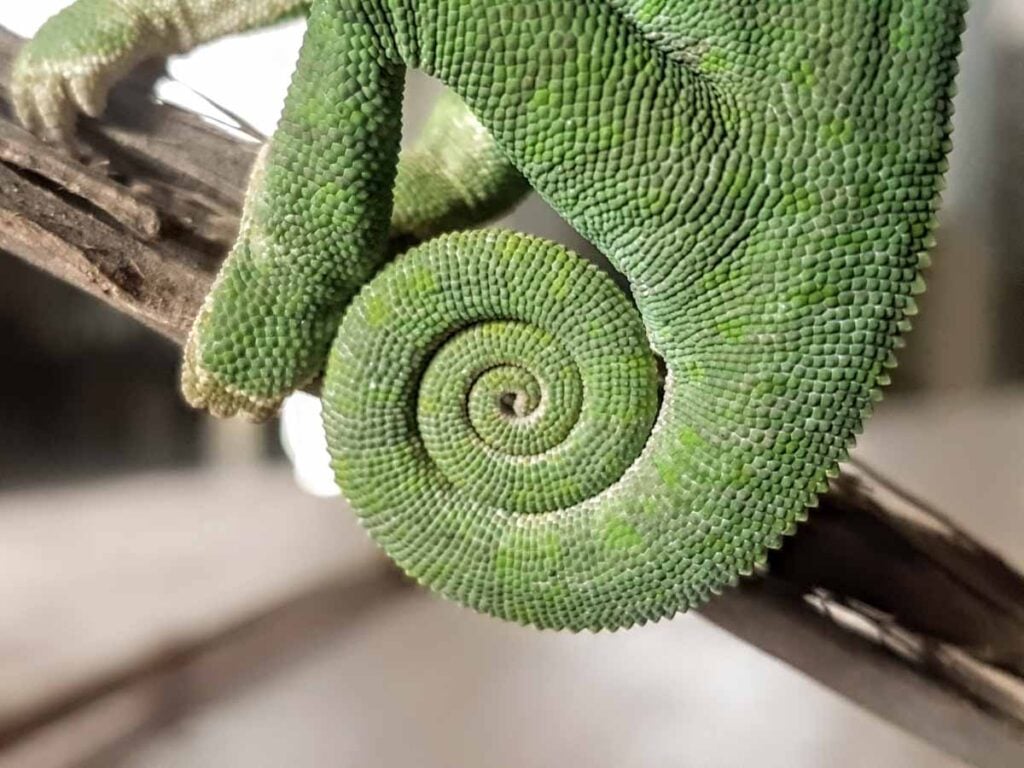
The chameleon has some other unique adaptations to ensure survival. Chameleons are very slow moving animals and cannot chase down prey, therefore they have adapted to an ambush style of hunting to catch the insects they eat.
They use their cryptic colouration for camouflage and wait for insects to venture close enough for them to strike.
They use their telescopic tongue, which could be the length of its body to snatch up the insect, pulling it back into its mouth at a speed of 5m/s. A sticky tip and muscles that create a suction hold on to the prey and it is all over within split seconds.
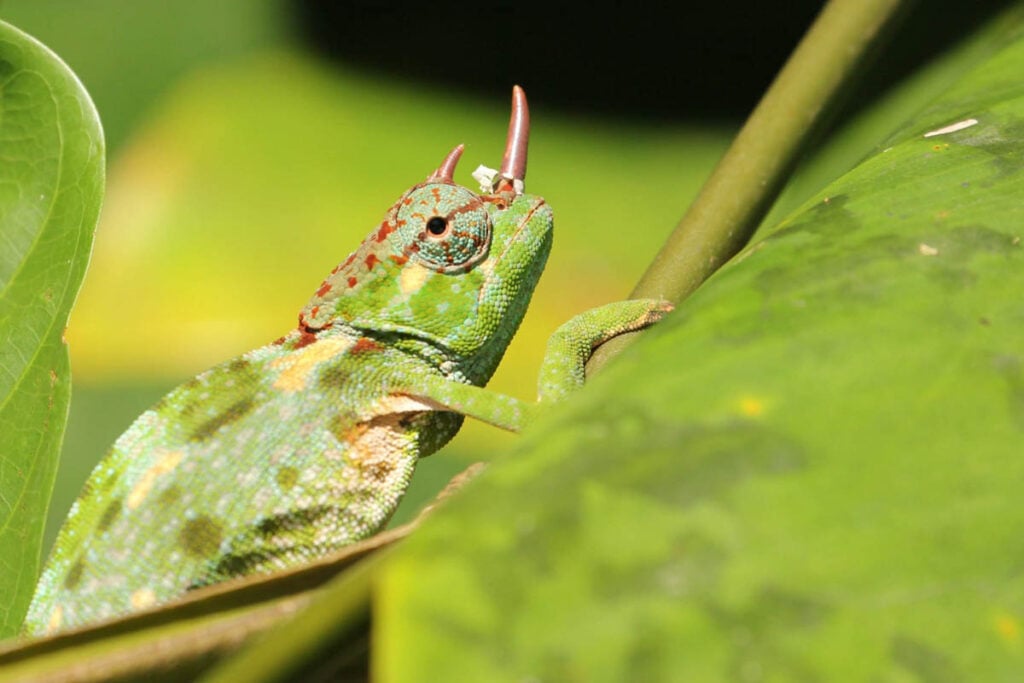
Besides changing skin colour, chameleons have another feature that no other animals have. Their eyes can move independently of each other, enabling them to look in two different directions at once.
Living a mostly arboreal lifestyle, it is an advantage to be able to watch your own back while also looking where you are going in front of you.
The chameleon’s brain prevents it from motion sickness or lightheadedness by switching between each eye every second or so.
When focused in on prey both eyes are facing forwards giving superb binocular vision with which it can very accurately judge distance, crucial for its missile-like tongue being shot out to catch prey.
A chameleon’s slow, jerky motion is to mimic vegetation swaying in the wind, and is accentuated when walking on the ground to resemble leaves moving, a which hopefully camouflages them while they are exposed.
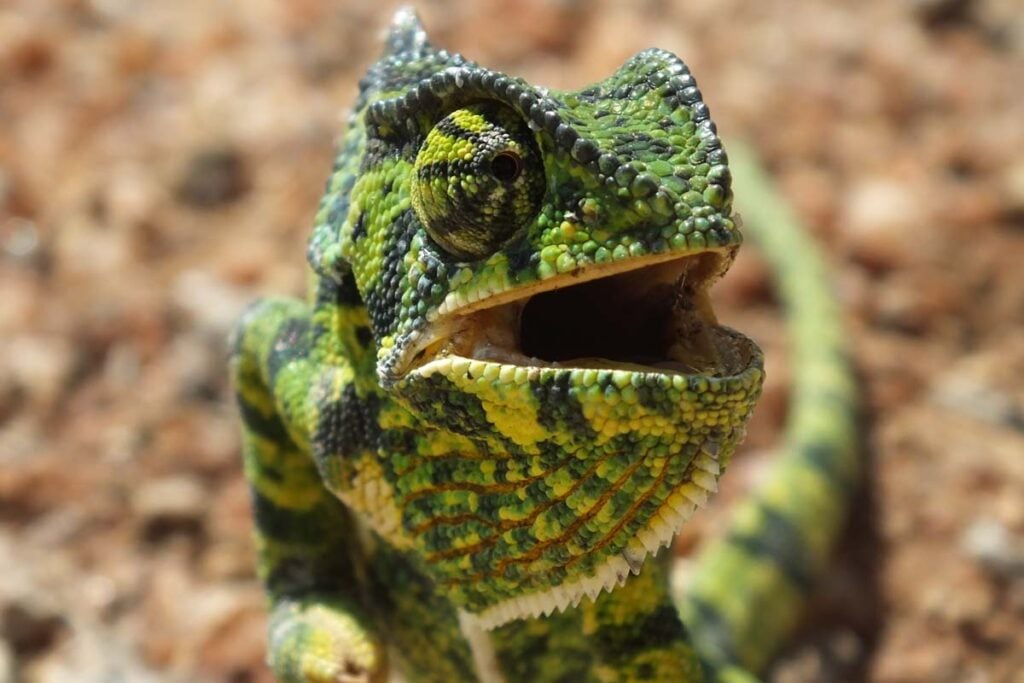
Animals never cease to surprise us in how they can achieve multiple things at once and get the best of all worlds.

